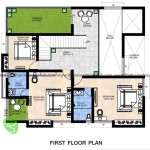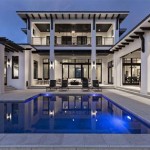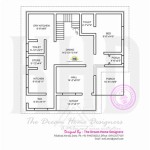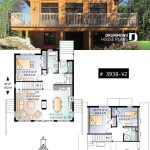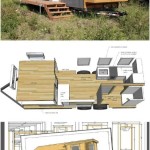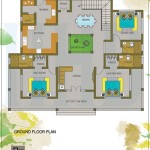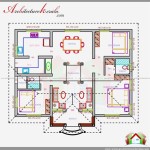Essential Aspects of 30 X House Plans South Facing
When designing a home, it's crucial to consider various factors like orientation and solar access. For homes in the Northern Hemisphere, south-facing house plans offer several advantages and should be given due attention.
Benefits of South-Facing House Plans
1. Natural Lighting: South-facing homes receive ample natural light throughout the day, reducing the need for artificial illumination. Natural light can improve mood, boost productivity, and reduce energy consumption.
2. Solar Heat Gain: Windows facing south allow sunlight to enter during winter months, providing natural heat and reducing heating costs. This passive solar design is environmentally friendly and cost-effective.
Key Design Elements
1. Window Placement: Maximize south-facing windows in living areas, bedrooms, and kitchens. Consider floor-to-ceiling windows or clerestory windows to allow natural light to penetrate deeper into the home.
2. Overhangs and Shading: Overhangs and awnings can be used to shade windows during summer months, preventing excessive heat gain. Deciduous trees planted outside south-facing windows provide shade in summer while allowing sunlight to enter in winter when trees shed their leaves.
3. Insulation and Thermal Mass: Well-insulated walls and ceilings prevent heat loss in winter and heat gain in summer. Thermal mass materials, such as concrete or stone, absorb heat during the day and release it at night, regulating indoor temperatures.
4. Passive Solar Features: Incorporate features like Trombe walls or solar chimneys to harness and circulate passive solar heat. These elements can significantly reduce heating and cooling costs.
5. Energy Efficiency: South-facing homes have the potential to be more energy-efficient than other orientations. By utilizing natural light, solar heat gain, and passive solar features, energy consumption can be minimized.
Additional Considerations
1. Climate: Consider the specific climate of your location when designing a south-facing home. In colder climates with limited sunlight during winter, larger south-facing windows may be desirable. In warmer climates, shading and overhangs are essential to prevent overheating.
2. Site Conditions: The location of trees, neighboring buildings, and other site features can impact the amount of sunlight a south-facing home receives. It's crucial to assess the site conditions and make adjustments to the design as needed.
3. Aesthetics: While function should be a priority, don't neglect aesthetics. South-facing homes can have large expanses of glass, which can provide stunning views and create a sense of indoor-outdoor connection.
Conclusion
South-facing house plans offer numerous advantages, including increased natural light, passive solar heat gain, and energy efficiency. By carefully considering the key design elements, site conditions, and climate factors, you can create a comfortable, sustainable, and aesthetically pleasing home that maximizes the benefits of a south-facing orientation.

South Facing House Floor Plans 30x45 Bungalow Small Design

30 X 40 South Facing Floor Plan Architectural Design House Plans Building Designs

30 X 50 South Facing House Plan 1500 Sqft Home 2bhk With Pooja And Portico

South Facing Plot 30 X 40 Feet I East House Plan 27 35 9 2bhk Plans Small Floor

30x30 House Plan South Facing 2bhk Instyle Homes Building Designs வடக க ப ர த வ ட Home Design Plans N

30 X 40 South Facing House Plan Design Ii 1200 Sqft Ghar Ka Naksha Home
30 X 25 South Facing 2bhk House Plan According To Vastu

Architecture Discover South Facing House Plan With Parking Ll Vastu Llघर क नकश 2bhk 3d H 20x30 Plans

30 22 South Facing House Plan X Floor 2bhk In 660 Sq Ft 2d 3d

30 40 South Facing House Plans Samples Of X Duplex

